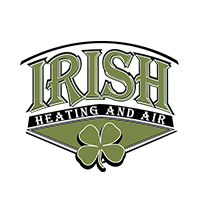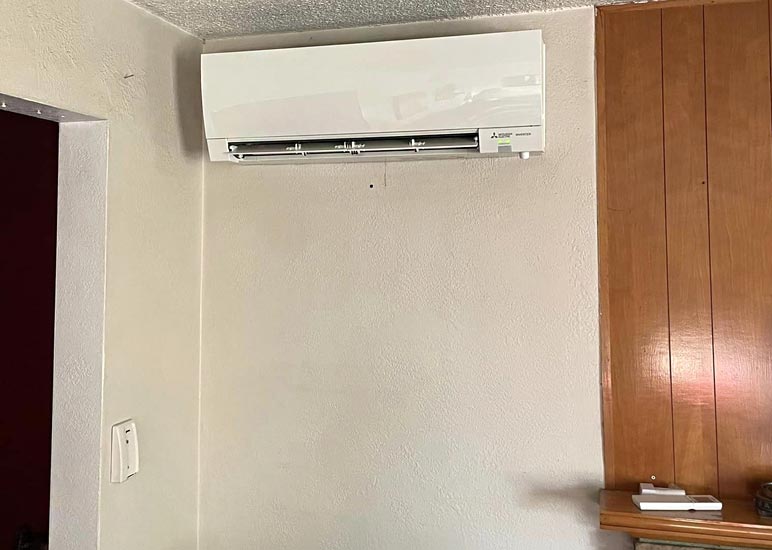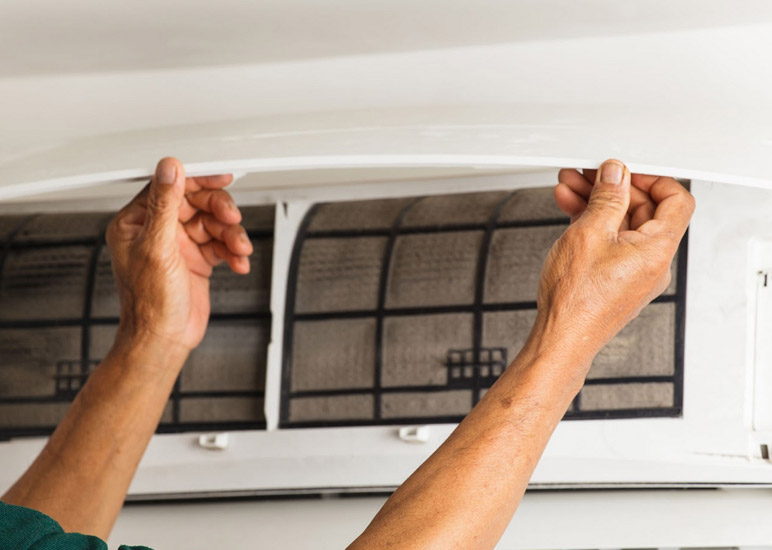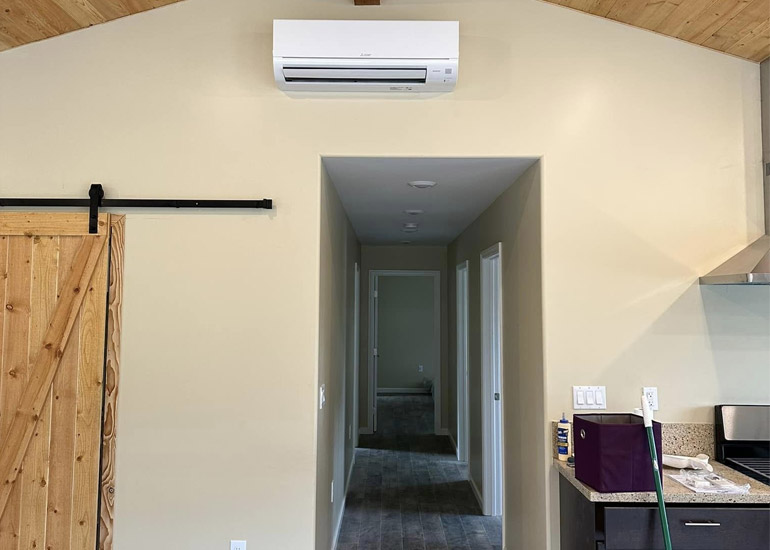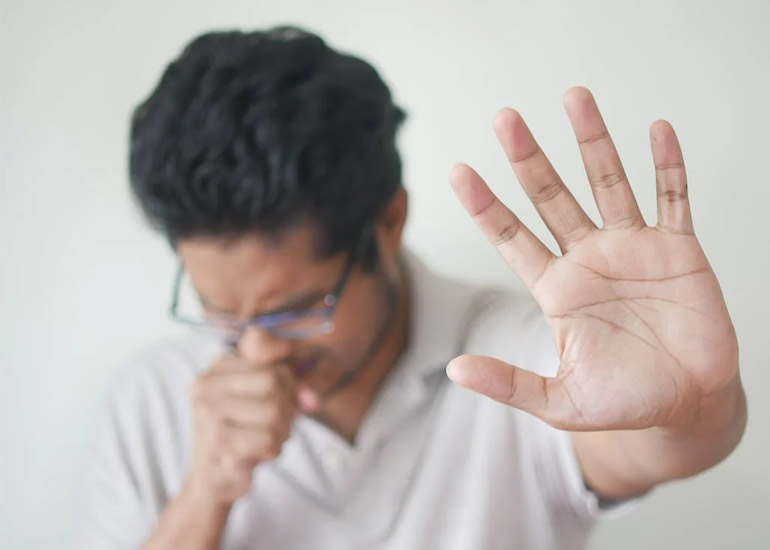 In recent years, commercial indoor air quality has become a more important issue for building owners and tenants too. It’s not just about limiting the spread of airborne diseases, but guidance from OSHA, research about the impact of air quality, and people’s own personal health concerns have made it clear that commercial indoor air quality needs to be a priority. Sources of indoor air quality are increasing and have clear impacts on your health, as well as the health of tenants, staff, customers and other guests on your commercial property. Here are four ways to improve indoor air quality and make a difference.
In recent years, commercial indoor air quality has become a more important issue for building owners and tenants too. It’s not just about limiting the spread of airborne diseases, but guidance from OSHA, research about the impact of air quality, and people’s own personal health concerns have made it clear that commercial indoor air quality needs to be a priority. Sources of indoor air quality are increasing and have clear impacts on your health, as well as the health of tenants, staff, customers and other guests on your commercial property. Here are four ways to improve indoor air quality and make a difference.
1. Remove Potential Contaminants
Some of the things in your property which could be causing indoor air pollution can be removed. Some of those things include:
- Mold and mildew: Even “minor” mold and mildew growth can cause significantly worse air quality. It is also worthwhile to look for mold in hidden spots, including below drywall, or anywhere there may have been moisture.
- Cleaning products: There is a wide range of cleaning products out there, many of which can contribute to air quality problems. Contact your cleaning company to discuss what they are using, or check your own storage closet. There are safer alternatives for most cleaning needs, although in hospital and other environments which need to be sterile you may be limited.
- Pets: Restoring no-pet policies to the workplace can promote better air quality. If you cannot ask people to keep their pets at home, or your business is about pets, you certainly need a way to handle the dander (look to number four on the list.)
- Dust: Keep to a cleaning schedule that can control dust. Use vacuums with HEPA filters to prevent them from spraying dust back into the air. Also, clean the air ducts to remove the significant amounts of dust and other air contaminants that they collect.
- Choose used: Used fabrics, furniture and building materials will release far fewer volatile organic compounds (VOCs) than brand new materials. Plus, it can save you money.
2. Increase Ventilation
Many older buildings (and some new ones) were not designed to modern standards for ventilation. Increasing ventilation can remove higher amounts of carbon dioxide, making the whole space feel fresher. This can also cycle out other contaminants which you can’t fully eliminate.
3. Know and Adjust Humidity Levels
The humidity of a building is a big factor in its overall air quality. High levels of humidity can contribute to mold and mildew growth and trigger the release of spores into the air. High humidity can also stress people with breathing issues. Humidity that is too low does the same. You can use commercial humidifiers and dehumidifiers to keep things comfortable.
4. Install Commercial Air Purifiers
Air purifiers that are large enough for commercial use can significantly reduce the amount of contaminants in your air. Quality HEPA air filters can even remove very small things like smoke particles and viruses.
